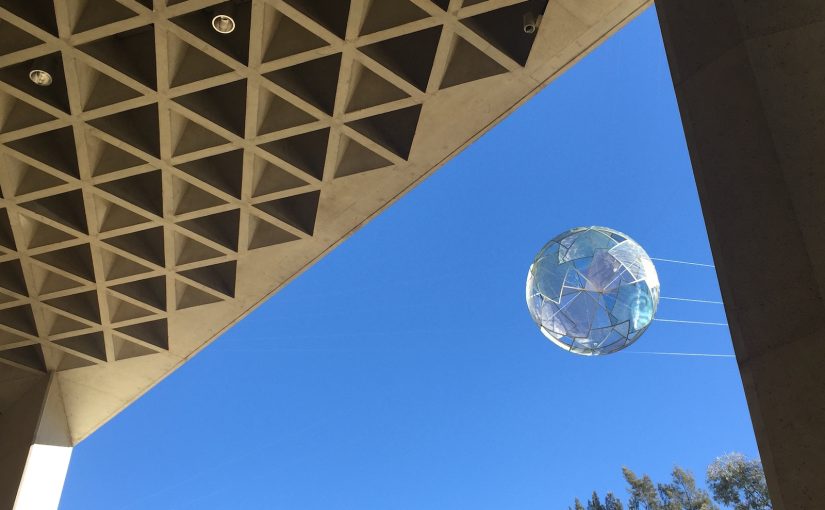Category: Simulation
-

Solving EV charger anxiety
Many EV adventures are accessible using the charging network in Victoria, but faulty chargers still have the potential to induce charger anxiety on road trips. Planning apps–EV drivers’ constant companions–may not fully solve this when the reported status of chargers is unreliable and faults are prevalent. As a driver, I want resilient plans that already…
-

End-to-end simulation hello world!
I’ve talked to many people about how to maximise the utility of a simulator for business decision-making, rather than focussing on the fidelity of reproducing real phenomena. This generally means delivering a custom simulator project lean, in thin, vertical, end-to-end slices. This approach maximises putting learning into action and minimises risk carried forward. For practitioners,…
-

Visualising System Dynamics Models
Simulation is a powerful tool for understanding and solving complex problems, but sometimes simulations themselves can be hard to understand. Visualisation is a powerful tool for understanding what simulations are telling us, and also for socialising the limitations and assumptions built into predictions. An approach System dynamics is a simulation paradigm that can be used…
-

Curtin HIVE Data Visualisation Presentation (2014)
IT was great fun presenting some novel business data visualisations on the impressive hardware at Curtin Hive. I just found this video from the 2014 presentation – at about 25 minutes, check out “The Matrix” on the 3m x 8m cylindrical display!
-

Corporate Graffiti – Being Disruptive with Visual Thinking
As you go about your work you’ll come up against walls. Some walls will be blank and boring blockers to progress. These need decoration; spraying with layers that confer meaning. So pick a corner and start doodling. With a new perspective, you’ll find a way around the blockers. Other walls will come with messages – by…
-

Playing Games is Serious Business
Simple game scenarios can produce the same outcomes as complex and large-scale business scenarios. Serious business games can therefore reduce risk and improve outcomes when launching and optimising services. Gamification also improves alignment and engagement across organisational functions. This is a presentation on using games to understand and improve organisational design and service delivery, which…
-

Leave Product Development to the Dummies
This is the talk I gave at Agile Australia 2013 about the role of simulation in product development. Check out a PDF of the slides with brief notes. Description Stop testing on humans! Auto manufacturers have greatly reduced the harm once caused by inadvertently crash-testing production cars with real people. Now, simulation ensures every new car…